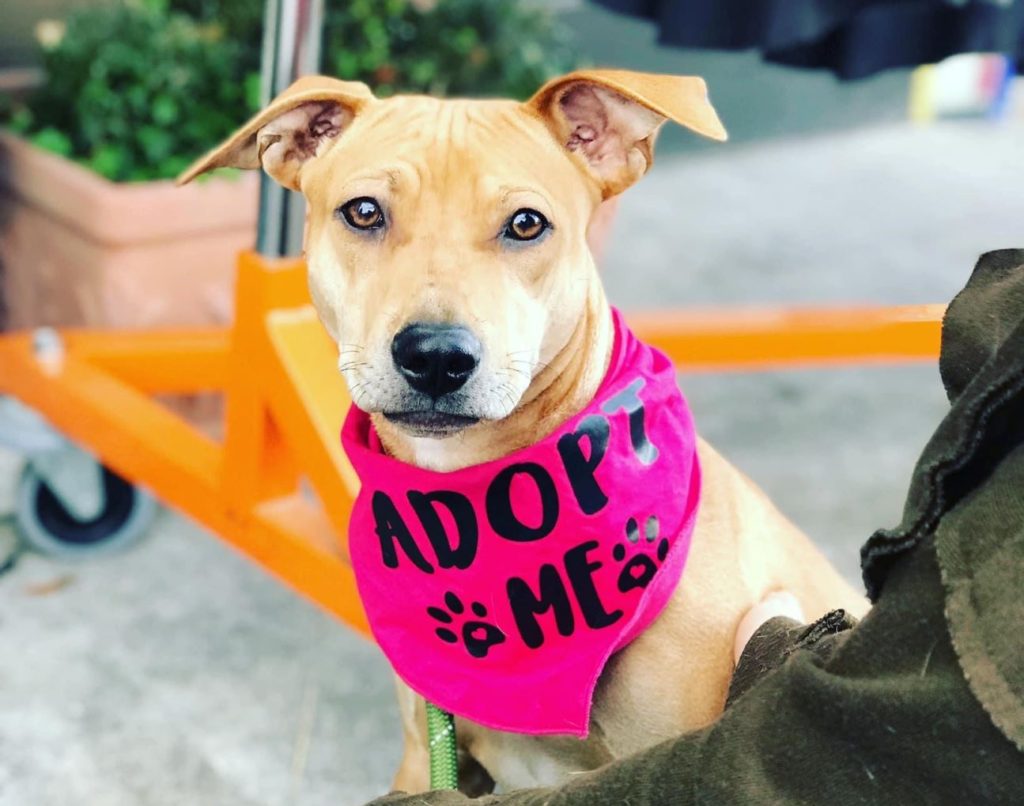
When I first started fostering dogs a few years ago, I learned about the 3-3-3 Rule (or The Rule of 3): 3 Days, 3 Weeks, 3 Months.
It’s a guideline to help understand the possible phases when bringing home a rescue dog – a reminder of what the dog might be going through or what you might expect.
More often than not, I don’t get the chance to work with a dog past the first few days of decompression. But we recently fostered a dog for four months, and that experience taught me some valuable lessons.
3 days
In this time, you need to give them space. They’re most likely overwhelmed, need to decompress, may not want to eat/drink, may not potty at all (can hold for 24+ hours)
3 weeks
In these weeks, they are starting to feel more comfortable. They are learning your routine and their personality starts to come through. They might begin to let their guard down
3 months
In these months, they begin to feel at home. They start to trust more and build bonds with you and your family. They also have a better sense of security
Where to start when the rescue dog is feral?
A feral dog is essentially a wild dog – they’ve had almost no human interaction during the crucial moments in their life.
Dogs, like children, learn to trust when they’re babies. But a feral life means there’s a complete lack of consistency (food, shelter, etc.) and it’s all about survival.
So it’s essential to keep that in mind when bringing home a dog with that history. Remembering that consistency, routine, and patience is also key.
Fostering April
In September, we offered to foster an eight-month-old pup, and other than knowing that she was found as a feral dog, we had very little information on her.
We knew that we were taking on a possible challenge, but we thought for sure she’d have a short stay in our home. But she had other plans for us, and she gave us the opportunity to finally put that 3-3-3 guideline to use.
Upon picking April up, I immediately knew that I would have to approach her with a different mindset. Where I was once used to almost instantly being able to love on a dog, I now had to give her space and allow her to come to me.
Any sudden movements, eye contact, or even walking in her vicinity sent her running or cowering. She had zero trust with humans, and if it wasn’t for our dog Hank, we definitely would have had a more difficult time.
April was found at a young age on the streets with her siblings, so having another dog in the home was incredibly helpful.

Overcoming April’s anxiety
The first few days, I basically acted as if April wasn’t there.
Other than letting her outside and giving her food, I didn’t force or pursue engagement. Little by little she began to associate me as the one who fed her, so she started to approach me with a cautious curiosity.
I would sit on the floor and wait for her to sniff me out, and as she watched Hank tackle me with kisses, I could sense her slowly lowering her guard.
As weeks went by, we noticed April’s trust with us grow, but her anxiety showed in other ways.
She found extreme comfort and security in us and didn’t like to be separated. Walks on leash were also stressful for her, along with meeting new people and situations.
Her confidence definitely needed some boosting, and we started to recognize that we could use some additional support. There is a lot of truth in that phrase, “It takes a village.”
The beauty of working in rescue is that there are a lot of people rooting for these dogs, people fighting for that happy ending. And people who understand the trials and tribulations of fostering.
Erica with The Kind Canine spent some time with April and gave us some much needed insight. There are dogs who need long, daily walks to exert their energy, but then there are others who need more mental stimulation/enrichment.
With an anxious dog, giving them something to work on, a reward to work for, can fulfill or quench that energy. In April’s case, she was also eager to learn and please, so working with her on commands and training helped her to fuel that energy elsewhere.

Setting up April for success
Over the course of four months, April taught me that sometimes we need to meet a dog where they are.
Oftentimes we become so focused on training them to meet our expectations or desires or trying to change them, when maybe we could make adjustments to meet their specific needs.
We were trying to fit a square peg into a round hole, but when we shifted our perspective, we could see how we as fosters could make some changes to help April.
And rather than trying to mold her into this “perfect” dog in order to be adopted, we realized that we had to find an adopter who was ready and willing to take on her unique needs. It was more about how we could better support April to set her up for success.
After months of patience and trusting fate, April couldn’t have landed in a better home. This amazing couple found their way to her and loved her instantly.
Their dedication, compassion, and calm energy is exactly what April needed and deserved. It’s happy endings like this that make fostering worth it all.


